Racquetball Rules: A Comprehensive Guide
Racquetball’s comprehensive rules, mirroring USRA guidelines, detail gameplay, equipment, and scoring; access the official rulebook at Team USA.
Racquetball is a dynamic and fast-paced indoor sport enjoyed by players of all ages and skill levels. Utilizing a strung racquet, players aim to strategically serve and return a hollow rubber ball within a four-walled court. The objective centers around skillfully maneuvering the ball to make it difficult for an opponent to legally return it.
Understanding the official rules, readily available through the USRA (Team USA), is crucial for both recreational enjoyment and competitive play. These guidelines cover everything from serving procedures to fault declarations and scoring methodologies, ensuring fair and consistent gameplay across all levels.
The Objective of the Game
The core objective in racquetball, as defined by USRA official rules, is to win points by skillfully hitting the ball in a manner that compels your opponent to fail a legal return. This involves strategically directing the ball off the front wall, ensuring it bounces only once on the floor before being returned.
Players must prevent their opponent from executing a valid return, adhering to rules regarding hitting the ball before it bounces twice, avoiding faults, and correctly serving. Mastering these elements, detailed in the USRA rulebook, is key to achieving victory.

Court Specifications
Racquetball courts, governed by USRA standards, require specific dimensions and markings for legal play; detailed specifications are available in the official rulebook.
Court Dimensions and Markings
Racquetball courts measure 20 feet wide, 40 feet long, and 20 feet high, with specific markings defining service zones and restricted areas. The front wall includes a short line 12 feet above the floor and a long line at 20 feet. Sidewalls extend from the front to the back, and a service zone is marked on the floor.
These dimensions, detailed in the USRA rulebook, ensure fair play. Markings delineate legal serving areas and boundaries for returns. Understanding these specifications is crucial for both recreational and competitive players, guaranteeing adherence to official standards during gameplay and tournaments.
Acceptable Court Surfaces
Racquetball courts commonly utilize surfaces that promote consistent ball bounce and player safety. Traditional materials include wood, which offers a predictable rebound, and acrylic, known for its durability and controlled ball speed. Rubber flooring is also frequently employed, providing cushioning and enhanced grip for players.
The USRA doesn’t mandate a specific surface, but emphasizes consistent playability. Courts must be maintained to prevent hazards. Proper surface selection impacts gameplay, influencing shot speed and strategic approaches, ultimately contributing to a fair and enjoyable experience.

Equipment Regulations
Racquetball requires specific racquet and ball standards, as outlined by the USRA. Crucially, players must utilize approved eye protection for safety during competitive play.
Racquet Specifications
Racquetball racquets must adhere to specific USRA regulations regarding size, weight, and construction. Generally, the overall length cannot exceed 22 inches. The hitting area, encompassing strings, is also regulated to ensure fair play and prevent undue advantage. Racquet frames can be constructed from various materials, including graphite, fiberglass, or composite blends, each offering distinct performance characteristics.
String tension is another critical factor, influencing power and control. Modifications to the racquet, beyond approved grip replacements, are typically prohibited in sanctioned tournaments. Players should consult the USRA rulebook for detailed specifications and clarifications regarding legal racquet modifications and approved materials, ensuring compliance during competitive matches.
Ball Specifications
Racquetball balls are crucial for gameplay, governed by strict USRA standards. Typically, balls are made of hollow rubber, covered with a felt-like material. Standard balls possess a diameter of approximately 2.25 inches and weigh between 0.80 and 0.90 ounces. Two primary ball types exist: standard and altitude. Altitude balls are designed for higher elevations, exhibiting reduced bounce due to lower air pressure.
The ball’s bounce characteristics significantly impact the game’s pace and strategy. USRA regulations dictate ball color and markings for tournament play. Players must utilize approved balls during sanctioned events, ensuring fair competition and consistent performance. Detailed specifications are available within the official USRA rulebook.
Protective Gear (Eye Protection)
Racquetball demands paramount eye protection due to the ball’s high velocity and potential for severe injury. USRA regulations mandate the use of protective eyewear for all players, on-court and off, during play and warm-up. Approved eyewear must meet stringent ASTM standards for impact resistance, fully enclosing and protecting both eyes.
Non-prescription and prescription goggles are permitted, provided they adhere to these safety guidelines. Failure to wear appropriate eye protection can result in disqualification from sanctioned tournaments. Prioritizing eye safety is crucial; the USRA emphasizes this rule to prevent potentially debilitating injuries.

Serving Rules
Serving in racquetball requires a legal bounce, hitting the front wall first, and landing beyond the short line; a short serve constitutes a fault.
Legal Serve Requirements
A legal serve initiates play, demanding specific adherence to USRA regulations. The server must bounce the ball once before striking it, ensuring the initial contact occurs on the serve. Critically, the ball must hit the front wall directly, and subsequently land beyond the short line—a failure results in a fault.
Furthermore, the serve cannot touch the side walls before impacting the front wall. The server’s feet must remain within the service boxes during execution. A properly executed serve sets the stage for rally, demanding precision and understanding of these fundamental requirements for legitimate play, as detailed in the official rulebook.
Faults During Serving
Several errors constitute faults during a racquetball serve, immediately awarding a point to the receiver. A “short serve,” where the ball fails to clear the short line on its first bounce, is a common fault. Contacting the side wall before hitting the front wall also results in a fault, as does failing to bounce the ball before the serve.
Foot faults – stepping outside the service box during the serve – are penalized. Additionally, a serve hitting the back wall directly is a fault. Understanding these specific infractions, outlined in the USRA rulebook, is crucial for legal and competitive play.
Service Line Usage
The service line dictates legal serve boundaries in racquetball. When utilized, a served ball bouncing on the singles service line is considered good, remaining in play. However, serves landing before this line constitute a “short serve” and are faults, awarding a point to the receiver. Proper understanding of the service line’s function is vital.
Players must serve from within the service box, adhering to its boundaries. The USRA rulebook (Team USA) provides detailed diagrams and explanations regarding correct service line usage for both singles and doubles play.
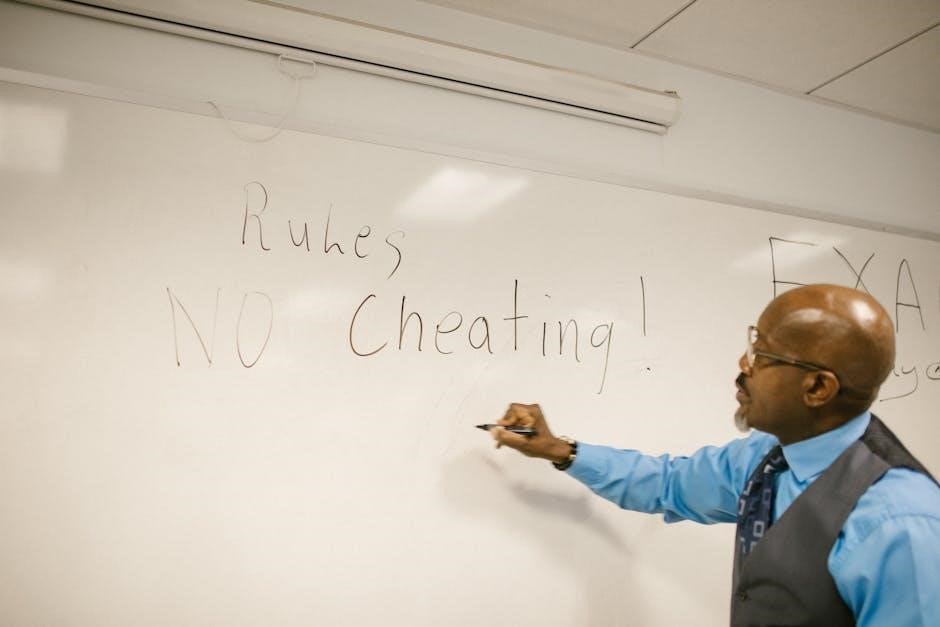
Gameplay Rules
Racquetball gameplay allows players to strike the ball mid-air or after one bounce; shots hitting walls remain legal unless over a side wall.
Legal Shots and Returns
Legal shots in racquetball encompass striking the ball before it touches the floor, or allowing a single bounce before returning it to any wall. Players can hit the ball directly, or after it contacts a wall, maintaining play within court boundaries. A return is considered legal if it adheres to these principles, avoiding faults like hitting the ball twice consecutively or obstructing an opponent.
Importantly, a ball bouncing on a sideline or back line during a return is deemed in play. Shots hitting beveled walls are also permissible, continuing the rally. Understanding these nuances is crucial for competitive and fair gameplay, as outlined in the USRA rulebook.
The Bounce Rule
Racquetball’s core bounce rule dictates that after the serve, players must allow the ball one bounce off the floor before returning it. This single bounce is fundamental to gameplay, differentiating it from squash. Players can volley the ball – striking it before it bounces – but only after the initial return of serve has bounced.
A fault occurs if a player volleys the return of serve prematurely. Understanding this rule, detailed in the USRA guidelines, is vital. A ball landing on a sideline or backline on its first bounce is considered legally in play, continuing the rally.
Hitting the Walls
Racquetball allows players to utilize all walls – front, side, and back – to strategically return the ball. A shot hitting the front wall is essential for maintaining play, but side wall usage adds complexity and angles. Importantly, hitting the beveled end of a side wall, or the beveled top of any wall, is a legal and effective shot, keeping the ball in play.
A ball bouncing over a side wall is generally legal, though local rules might vary. Mastering wall shots, as outlined in the USRA rulebook, is crucial for advanced gameplay.

Faults and Scoring
Racquetball faults include short serves and hitting out-of-bounds; scoring utilizes traditional or rally methods, detailed in the USRA rulebook for sanctioned play.
Common Faults in Racquetball
Numerous faults can occur during racquetball play, impacting scoring and game flow; A “short serve” happens when the ball doesn’t reach the service box, landing before the short line. Hitting the back wall before the front wall on a serve also constitutes a fault.
Furthermore, failing to hit the front wall directly before touching any other surface results in a fault. If a player hinders their opponent, or violates conduct rules, a fault is called. A ball bouncing twice before being struck is also a fault. Understanding these common errors, as outlined in the USRA rulebook, is crucial for fair play and strategic gameplay. Refer to Team USA for complete details.
Scoring System (Traditional & Rally Scoring)
Racquetball employs two primary scoring systems: traditional and rally scoring. Traditional scoring awards points only to the server, requiring them to win a rally to maintain possession and score. Rally scoring, increasingly popular, awards a point on every rally regardless of who served.
Matches are typically best-of-three games. Games are commonly played to 15 points (traditional) or 11 points (rally). The USRA rulebook details specific variations. Understanding both systems, accessible via Team USA, is vital for competitive play and tournament participation, ensuring fair and consistent scoring across all levels.
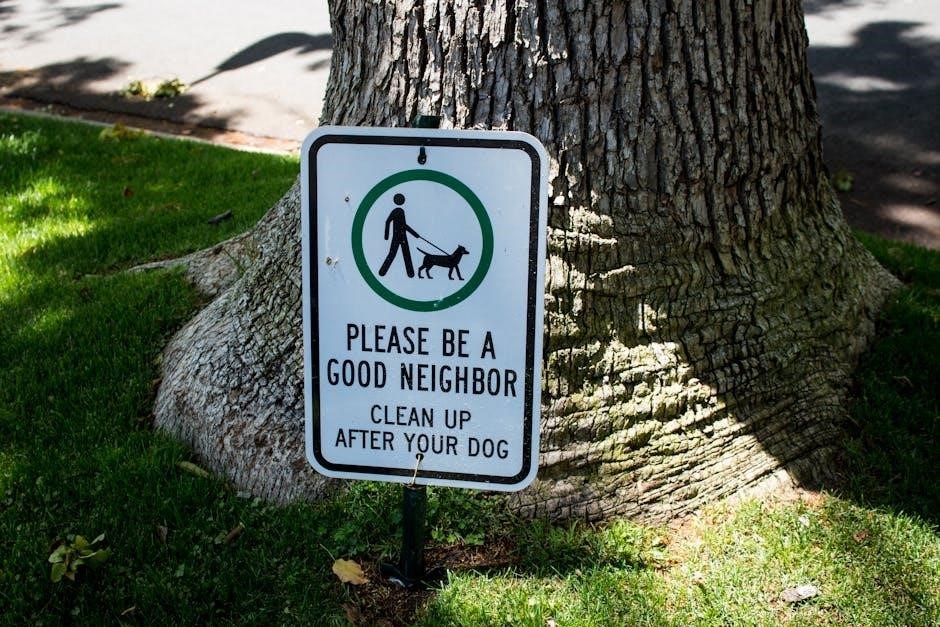
Types of Games
Racquetball features both singles and doubles play, each with unique strategies. The USRA rulebook (Team USA) governs all formats.
Singles Play
Singles racquetball pits two players against each other on the court, demanding strategic shot-making and endurance. Players alternate serving, aiming to hit the front wall so the ball bounces once within the court’s boundaries before the receiver can return it. A legal return requires hitting the front wall before touching the floor, potentially utilizing side walls for angles.
Faults, like hitting the back wall directly or failing to clear the short line on a serve, award points to the opponent. The USRA rulebook details specific regulations regarding serves, shots, and court boundaries, ensuring fair play and consistent application of rules during competitive singles matches. Mastering court positioning and shot selection are crucial for success.
Doubles Play
Doubles racquetball involves two teams of two players competing on the same court, adding a layer of complexity to strategy and teamwork. Serving alternates between teams, with partners alternating serves within their team. Both players on a team can return the ball, but only one player can hit the serve return.
Strategic positioning and communication are vital for covering the court effectively. The USRA rules govern doubles play, including restrictions on hindering opponents and specific serving procedures. Successful doubles teams coordinate shots, anticipate opponent movements, and capitalize on openings to gain a competitive edge.

Specific Rule Clarifications
Clarifications address short serves (before the short line are faults), ball landings on lines (considered in), and legal hits off beveled walls.
Short Serve Definition
A short serve in racquetball is a fault occurring when the served ball fails to pass the short line located on the court before its initial bounce. This is a fundamental rule, consistently enforced in both sanctioned and non-sanctioned play across the USA, as outlined by the USRA.
Essentially, the serve must land beyond this designated line to be considered legal. Players must ensure their serves have sufficient length to avoid this common infraction. Understanding this rule is crucial for competitive play and adherence to official regulations, detailed in the comprehensive USRA rulebook available online.
Ball Landing on Lines
In racquetball, a ball landing directly on a sideline or the back line during play is considered definitively “in,” adhering to USRA official rules. This applies to the initial serve bounce as well, ensuring fairness and extending playable areas. This contrasts with some sports where line calls favor the opposing player.
However, when utilizing the singles service line, a serve touching it remains a valid serve. This nuanced rule, detailed in the USRA rulebook, emphasizes precise understanding for competitive play and consistent application across all levels of racquetball.
Hitting the Beveled Walls
According to USRA official rules, a shot striking the beveled end of a side wall, or the beveled top portion of the front or side walls, is considered a legal and valid shot, remaining in play. This allows for creative shot-making and strategic use of the court’s angles.
However, a ball rebounding over a side wall is generally legal, though local court rules might deem it out, particularly in long-wall courts. Understanding these nuances, detailed in the racquetball rulebook, is crucial for competitive and recreational play.
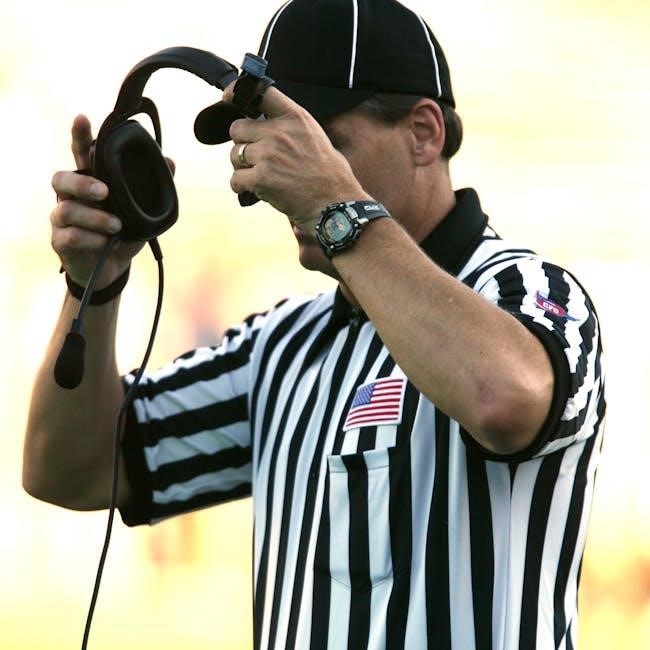
Rule Modifications for Different Play Levels
USAR rules adapt for IRT, LPRT, wheelchair, deaf, and vision-impaired play, ensuring inclusivity and fair competition across diverse racquetball skill levels.
IRT (International Racquetball Tour) Rules
International Racquetball Tour (IRT) rules represent a professional standard, often modifying USAR regulations for elite competition. These adjustments frequently involve stricter interpretations of fault calls, particularly regarding serves and hinders. The IRT emphasizes a faster pace of play, potentially leading to more liberal rulings on shot legality, provided safety isn’t compromised.
Specific IRT modifications address issues like short serves, requiring precise adherence to service line boundaries. Furthermore, hinder calls are scrutinized intensely, demanding clear evidence of interference. Players must be aware of these nuances when competing in IRT-sanctioned events, as deviations from standard rules can significantly impact match outcomes. Accessing the official IRT rulebook is crucial for professional players.
Wheelchair Racquetball Rules
Wheelchair Racquetball adapts standard rules for inclusivity, prioritizing player safety and fair competition. A key modification allows two bounces of the ball before a return, accommodating wheelchair maneuverability. Players must maintain contact between their buttocks and the wheelchair seat throughout play. The wheelchair itself becomes an extension of the player, subject to specific regulations regarding its size and construction.
Hinder calls are carefully considered, acknowledging the unique challenges of wheelchair movement. Court dimensions may be adjusted to facilitate access and maneuverability. The USAR rulebook provides detailed guidelines for wheelchair racquetball, ensuring equitable gameplay and promoting participation for athletes with disabilities.
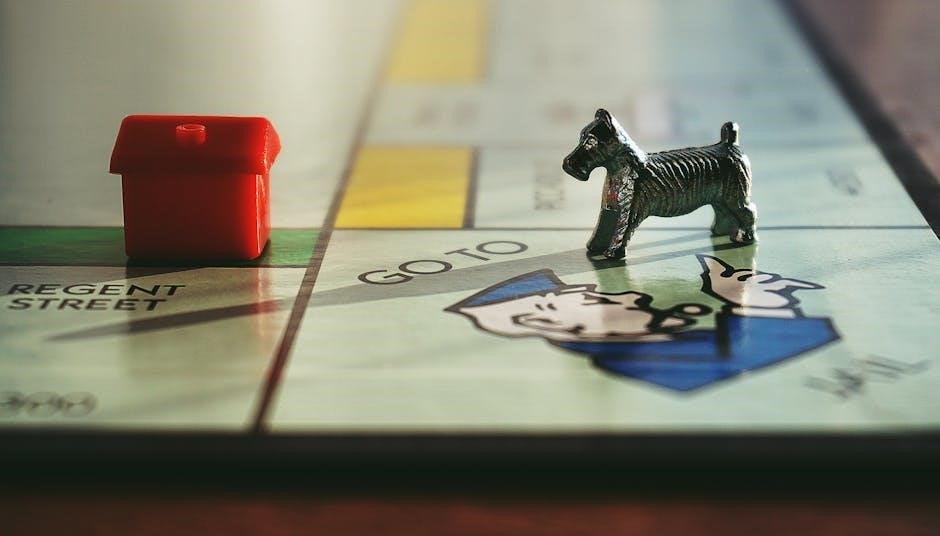
Official Rule Resources
Access the complete USRA Racquetball rulebook and regulations at USRA’s website for detailed, official guidelines and updates.
USRA (United States Racquetball Association) Website
The United States Racquetball Association (USRA) website, Team USA, serves as the primary hub for all things racquetball in the United States. It’s the definitive source for accessing the official rules, regulations, and updates governing sanctioned and non-sanctioned play.
You can find a comprehensive racquetball rulebook available for download in PDF format, covering everything from court specifications and equipment standards to serving procedures, gameplay, and scoring systems. The USRA also provides information on tournament schedules, player rankings, and membership details.
Furthermore, the website details rule modifications for various play levels, including IRT, wheelchair racquetball, and other adaptive formats, ensuring inclusivity and fair play across all disciplines.
USAR Rulebook Access
Direct access to the USAR (United States Racquetball Association) official rulebook is available online, providing a detailed PDF document outlining all aspects of the game. This resource, last updated September 1, 2013, covers sanctioned and non-sanctioned play within the USA.
The rulebook meticulously details court specifications, legal equipment, serving protocols, gameplay regulations, fault definitions, and scoring methodologies. It also includes specific rule modifications for diverse play formats like IRT, wheelchair racquetball, and adaptive play.
Find the complete rulebook at USRA Rulebook for comprehensive guidance.
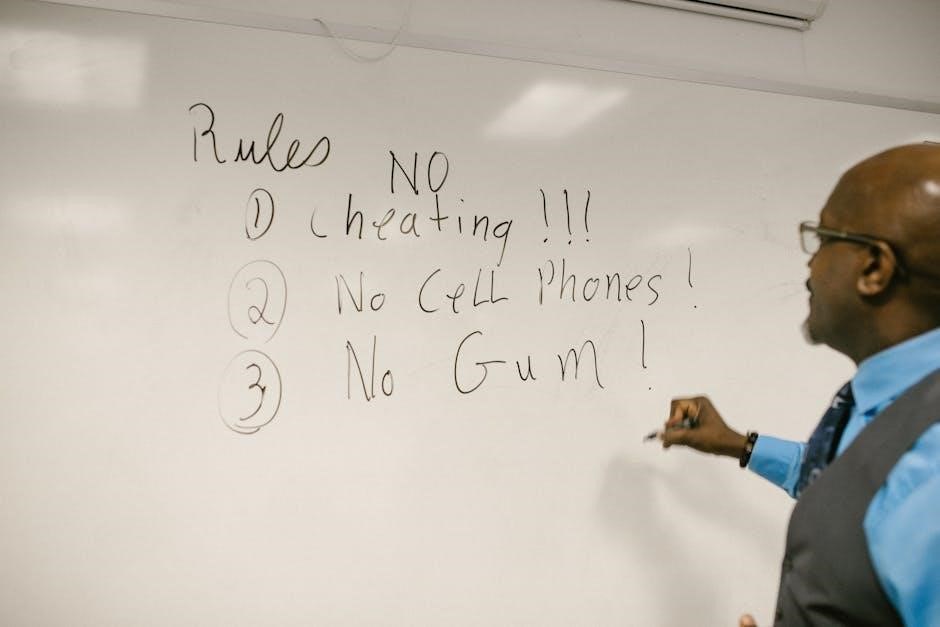


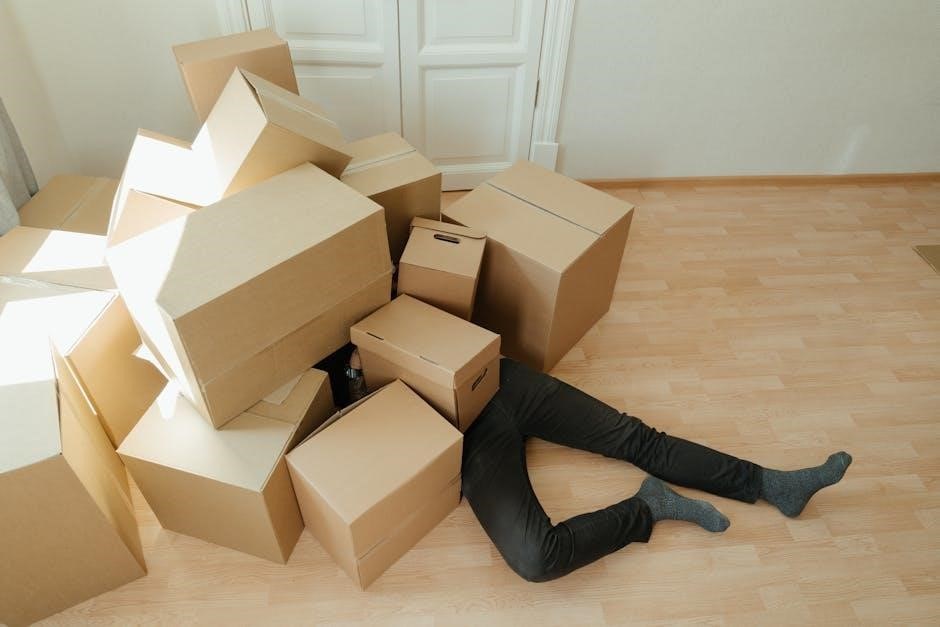
Be the first to reply